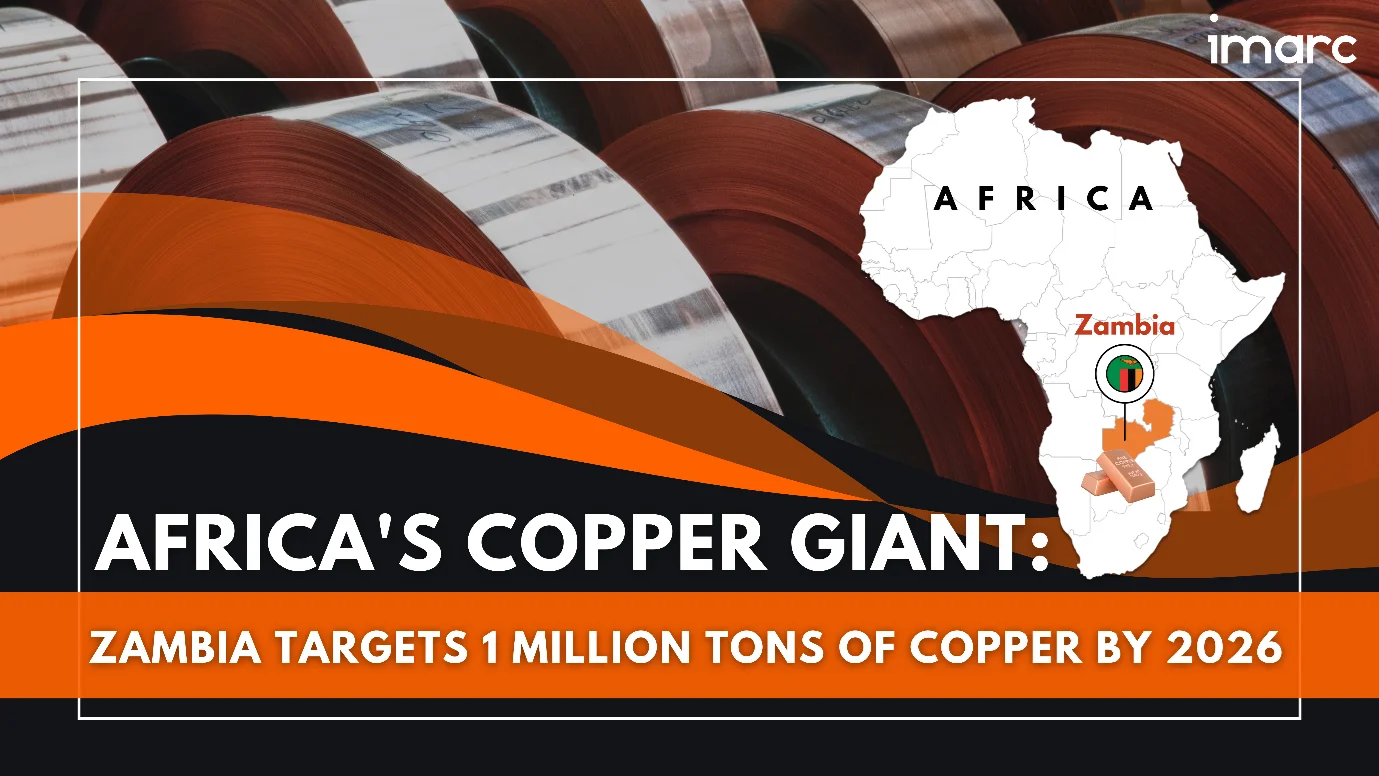Global Steel Map: A Comprehensive Overview of Regional Trends and Expectations in 2024
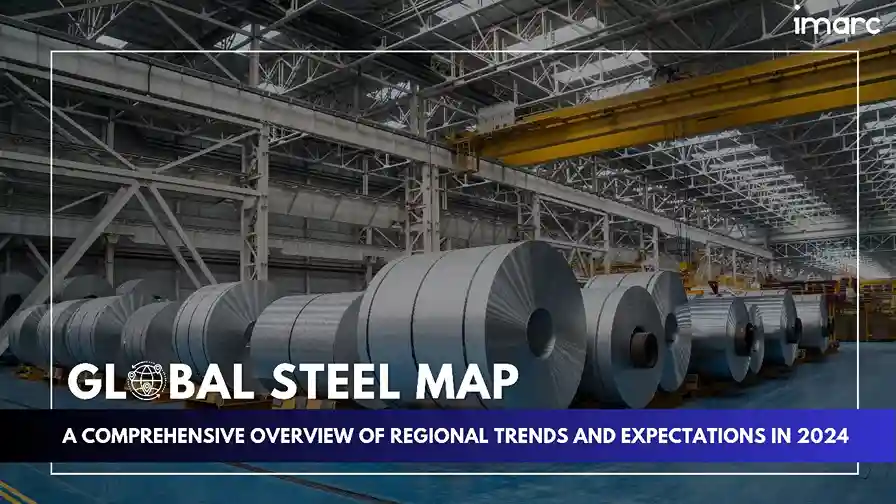
Steel is a versatile and widely used alloy composed primarily of iron and carbon, with small amounts of other elements such as manganese, chromium, nickel, and others. It is a widely utilized material in construction, manufacturing, and various industries. Steel exhibits a range of desirable properties, including high tensile strength, durability, hardness, corrosion resistance, heat resistance, and the ability to be formed into different shapes. Carbon steel, alloy steel, stainless steel, and tool steel are the main types of steel. Steel is utilized in the manufacturing of various products, including ingots, semi-finished materials, hot-rolled sheets and coils, galvanized sheets, steel tubes and fittings, plates, wire rods, and many others. Its applications span various industries such as building and construction, electrical appliances, metal products, automotive, transportation, and mechanical equipment. The top five exporters of steel are China, Japan, South Korea, and Germany. Similarly, the major importers of steel include the United States, Germany, Italy, and Turkey.
According to IMARC Group, the global steel market reached US$ 942.3 Billion in 2023 and is projected to reach US$ 1,279 Billion by 2032, exhibiting a growth rate (CAGR) of 3.3% during 2024-2032. Various factors are contributing to the market's growth, such as the expanding automotive industry, increasing demand for steel in the manufacturing of military aircraft, and the rapid adoption of steel in various industries like healthcare, electronics, and transportation. Moreover, infrastructure development, urbanization, population growth, economic conditions, and overall industrial activity play a crucial role in determining the demand for steel.
Recently, the steel manufacturing company ArcelorMittal announced its expectation for global steel demand to grow by 3-4% in 2024, excluding China, when compared to the levels observed in 2023. The US market is projected to experience a growth rate of 1.5-3.5% in 2024, the EU is expected to grow by 2-4%, Brazil by 0.5-2.5% and India by 6.5-8.5%. In 2024, inventory levels are anticipated to remain stable, avoiding the decline witnessed in 2023 due to slowing demand in both Europe and the United States. In China, steel consumption is predicted to remain steady, supported by government stimulus measures that are likely to counterbalance any weakness in the real estate market.
Regional Insights: Varied Trends Expected in Different Parts of the World
China
China continues to be a major global producer of steel, contributing a significant share of the market in 2023. The country's crude steel production has experienced a modest increase, reaching 1,091.1 million metric tons (MT) in 2023, compared to the previous year's figure of 1,081.0 million MT. In 2023, China's total steel exports amounted to 90.3 million tonnes. Looking ahead to 2024, it is anticipated that the demand for steel will remain stagnant in China. The steel market in the country is facing challenges due to the impact of the COVID-19 pandemic and a negative trend in the construction and real estate sectors. Additionally, there is a shift in focus towards less steel-intensive areas, such as water supply systems, telecommunications, and logistics, which is expected to further weaken the steel market in the future.
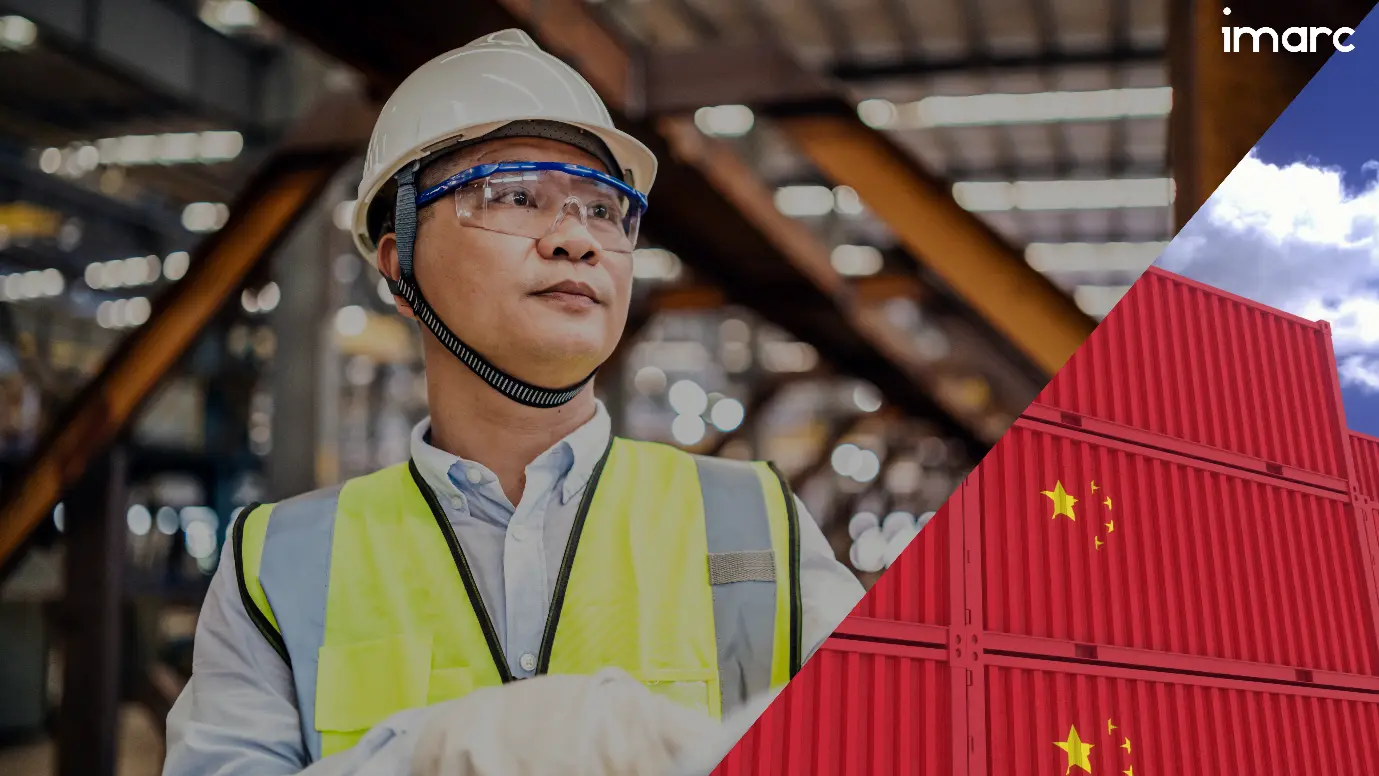
India
India is the second-largest producer of steel, holding a market share of little less than 10% in 2023. The overall production of crude steel in 2023 reached 140.5 million tonnes, marking an 11.8% increase from the previous year. The country also exported approximately 6.72 million tonnes of finished steel in FY2023. According to the SteelMint India report, the country's steel demand is expected to grow at a compound annual growth rate (CAGR) of 7%, reaching the 190 million tonne level by 2030. This anticipated increase in demand is attributed to various key drivers, including the automotive and engineering sectors, population growth, expanding urbanization, and various government initiatives.
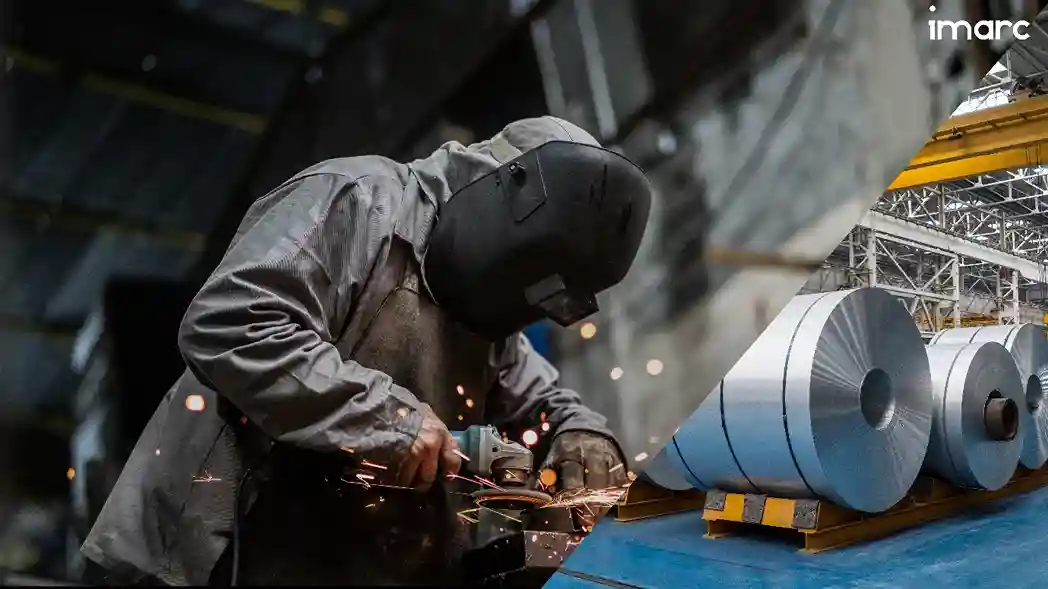
Japan
Japan is the third-largest producer and the second-largest exporter of steel globally, contributing to 4.6% of the total global crude steel production. In 2023, the country produced 8.7 million tonnes of crude steel, reflecting a decrease of 2.2 million tonnes compared to the previous year. The demand for steel in Japan increased by 4.0% in 2023 and is projected to expand by 1.2% in 2024. The total export of Japan in 2022 was about 31.7 million tonnes of steel. The growing construction sector in Japan, recovery in capital investment, and development of new warehouses and logistics facilities will give a boost to the market. Moreover, the growth of the manufacturing, industrial machinery, and automotive sectors will also give a positive outlook to the market in the future.
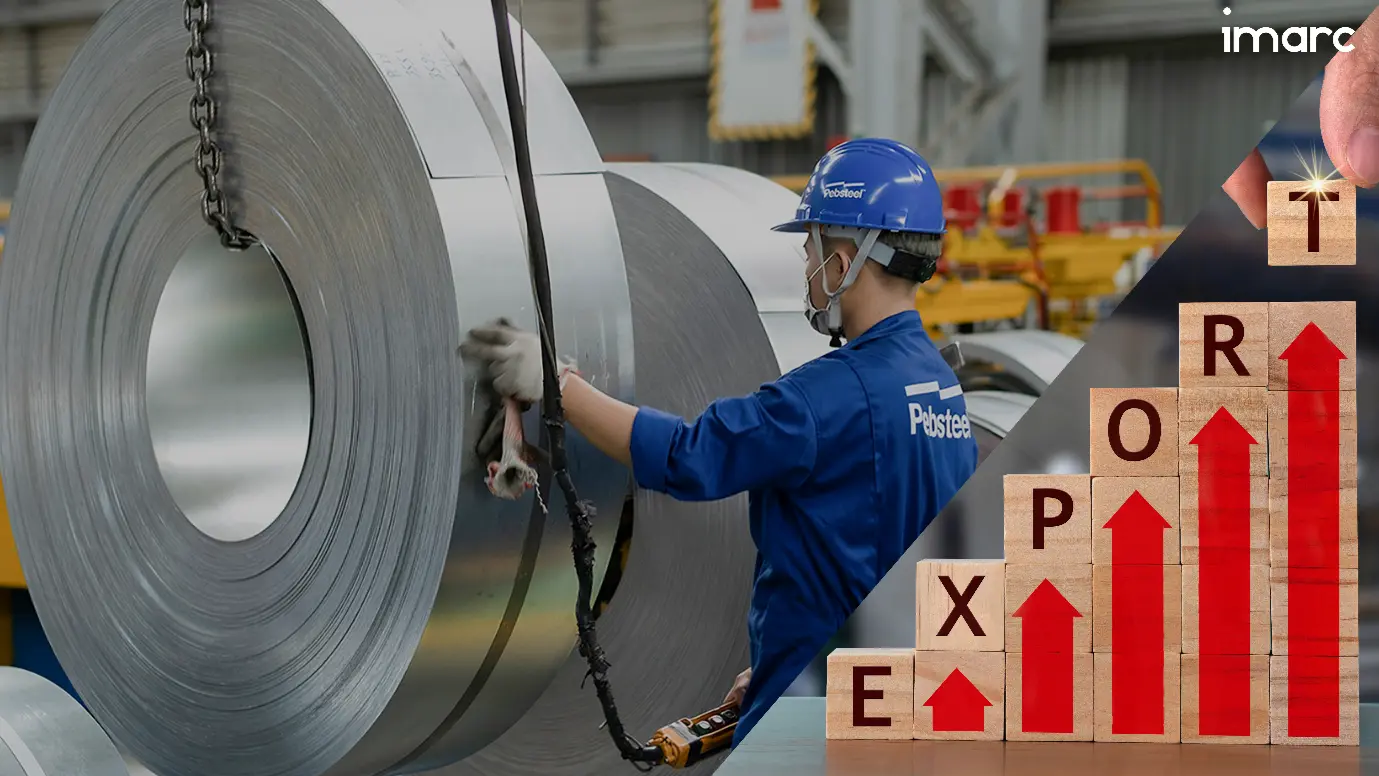
United States
The United States is the fourth largest producer of steel globally, accounting for a share of 5% of the total global crude steel production. The country's crude steel production reached 80.7 million metric tons (MT) in 2023, compared to the previous year's figure of 80.5 million MT. The steel demand in the United States is expected to grow at a rate of 1.5-3.5% in 2024.
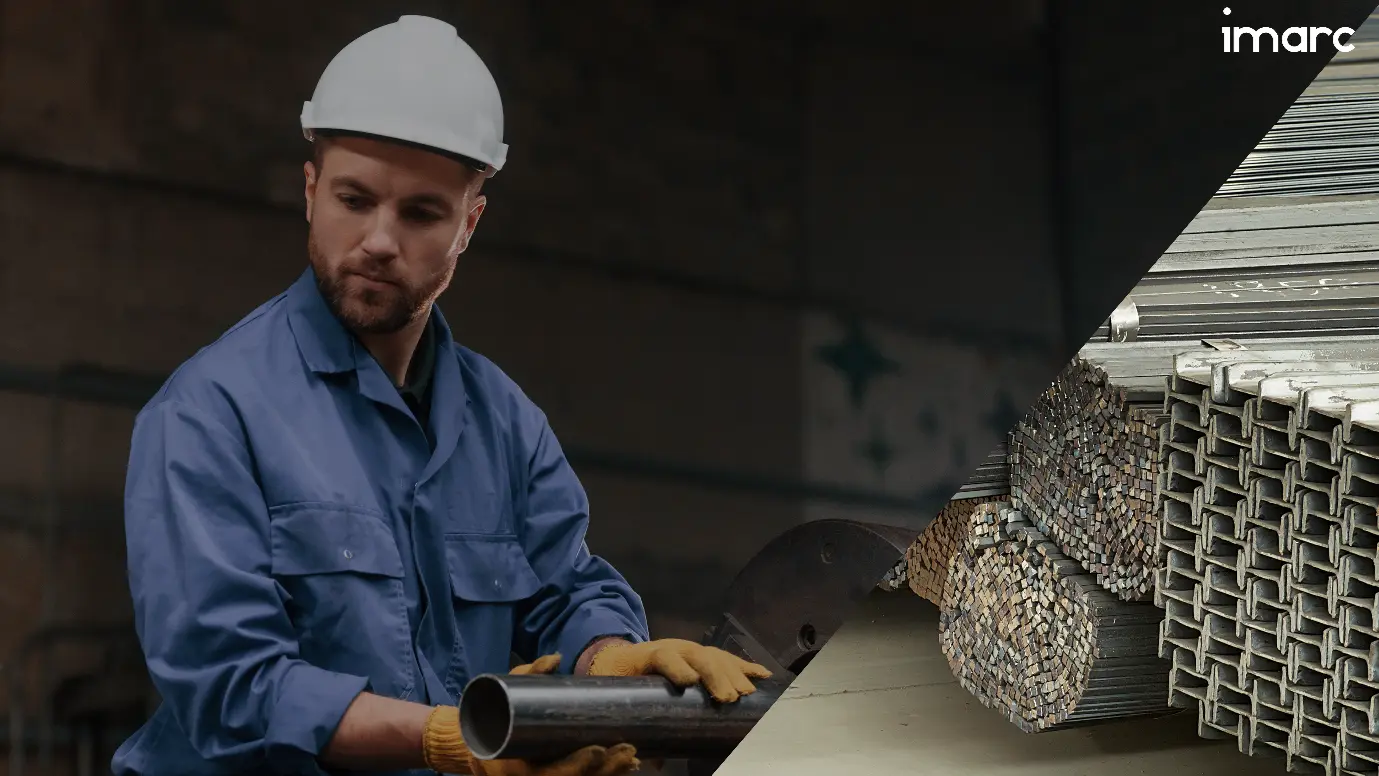
Rest of the World
The fifth-largest producer of crude steel was Russia, which produced 75.8 million tonnes of steel. Russia was followed by South Korea (75.8 MT), Germany (35.4 MT), Turkey (33.8 MT), and Brazil (31.9 MT).
China Baowu Group, ArcelorMittal, Ansteel Group, Nippon Steel Group, and Shagang Group are the top five key players in the global steel market.
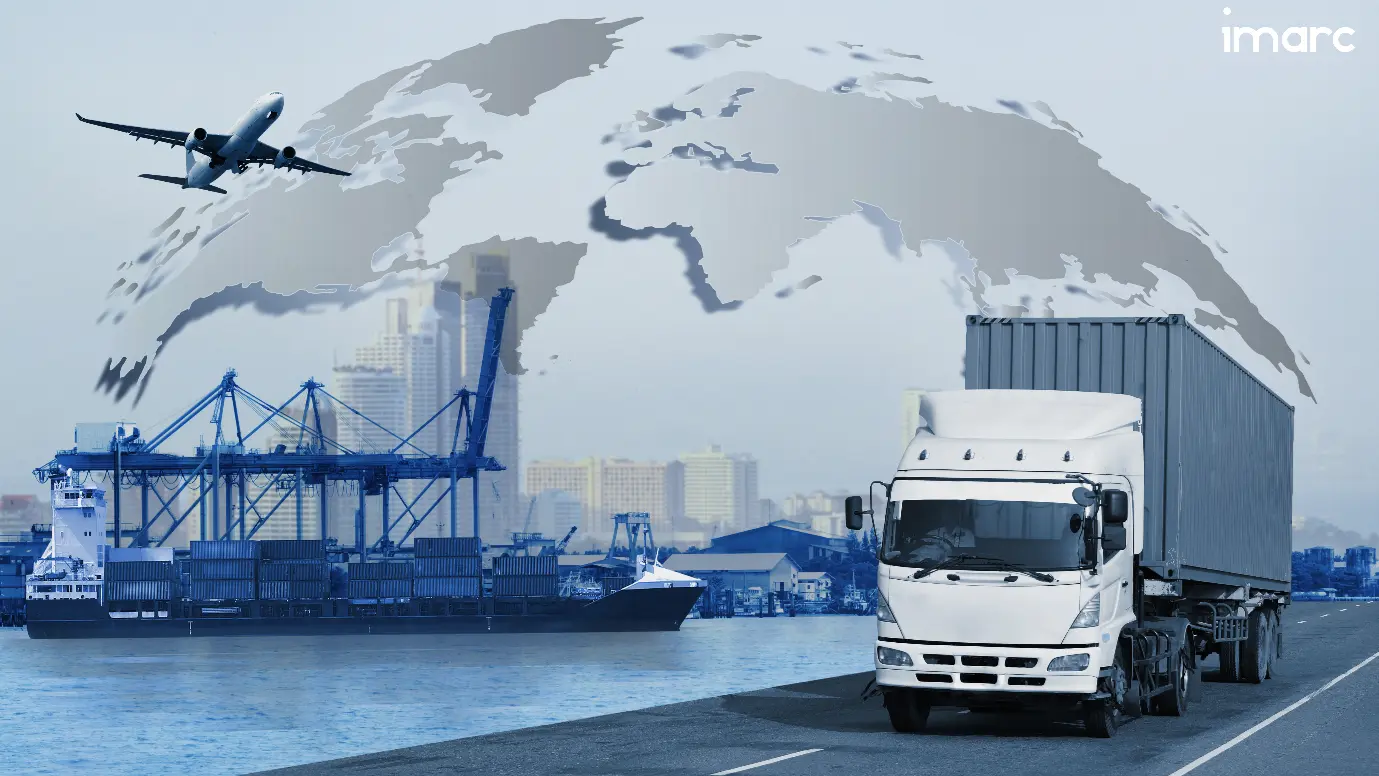
A Comprehensive Analysis of the Latest Trends
- In 2024, ArcelorMittal announced plans to construct the world's single-largest steel manufacturing site in Hazira by 2029. The first phase of the steel manufacturing site is expected to be completed by 2026, while the second phase, outlined in a Memorandum of Understanding (MoU), is scheduled for completion by 2029.
- In February 2024, JSW Steel entered into a 50:50 joint venture (JV) with JFE Steel Corporation Japan to produce a specific type of steel used in the manufacturing of energy-efficient transformers in India. The newly formed company, JSW JFE Electrical Steel Private Limited, will establish its manufacturing base in Bellary, Karnataka, with a planned investment of Rs 5,500 crore. The facility aims to commence production in the fiscal year 2027 and intends to expand its capacity further to meet the growing market demand for grain-oriented electrical steel in India.
- The Brazilian foreign trade authority, CAMEX, has increased import taxes on rebar and certain steel pipe products. The rates were raised from 10.8% to 12% for rebar, from 12.6% to 14% for one category of piping, and from 14.4% to 16% for another.
IMARC's Insightful Expertise: Paving the Way for Industry Insights
At IMARC, we specialize in helping companies identify their competitors, business strategies, and approaches to developing products and technologies using steel. We aim to identify targeted customers and suppliers within the steel market and create robust marketing plans. We can provide information on competitors' innovations and government regulations and legislation. Additionally, we can assist companies in identifying the solutions best suited for their products. Industries can position themselves for long-term success and growth by aligning with sustainable approaches.
Contact Us
Have a question or need assistance? Please complete the form with your inquiry or reach out by emailing us on sales@imarcgroup.com.
